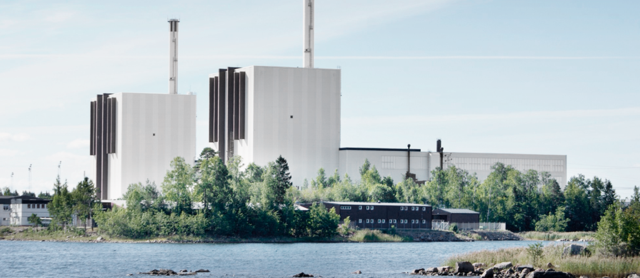Svemin welcomes the fact that the government continues to work actively with the issues surrounding new nuclear power in Sweden.
The climate transition will require a major expansion of all fossil-free power sources, including nuclear power, to meet the demand for fossil-free electricity. For the mining and minerals industry, continued low and predictable electricity prices will be crucial for successful expansion and transition.
Svemin generally welcomes the report's constructive proposals and believes that the direction is positive in terms of the state taking greater responsibility for meeting society's increasing electricity needs and at the same time phasing out the use of fossil fuels.
- Government loan financing is probably a prerequisite for keeping down the cost of new nuclear power. In addition, the report has analyzed different countries' financing models for nuclear power where Sweden can learn lessons,” says Joakim Aspeheim, head of energy, climate, and transport at Svemin.
Svemin has previously, together with the basic industry's energy cooperation SKGS, welcomed the government's planning goal for the Swedish electricity system of a total of 300 TWh by 2045. In addition, the mining and minerals industry has stated that the 2045 target needs to be supplemented with interim targets for 2030, 2035 and 2040. If industry does not have access to fossil-free electricity at a competitive cost, even in the short term, there is a risk that investments in the industrial transition will not be made.
- While we welcome constructive policies for new nuclear power, we want to emphasize the importance of the government speeding up the removal of obstacles to the expansion of electricity grids and wind power. Even if the government succeeds in its nuclear power goal, to release nuclear power production equivalent to two large-scale reactors by 2035, wind power will need to be expanded significantly, says Joakim Aspeheim.
- “We also call for clearer management of the long-term political risk. We believe that a stable parliamentary majority can support the main parts of the government's nuclear power policy and that its implementation can be secured over several terms of office will be absolutely necessary if new Swedish nuclear power is to be put in place,” says Joakim Aspeheim.
Background to the report
In December 2023, investigator Mats Dillén was commissioned by the government to investigate how new nuclear power reactors should be financed and how risks can be shared. The model should be designed so that nuclear power with a total capacity of at least 2,500 MW, corresponding to the capacity of two large-scale reactors, should be in place by 2035. The investigation analyzes models used in other countries with a focus on Europe.

